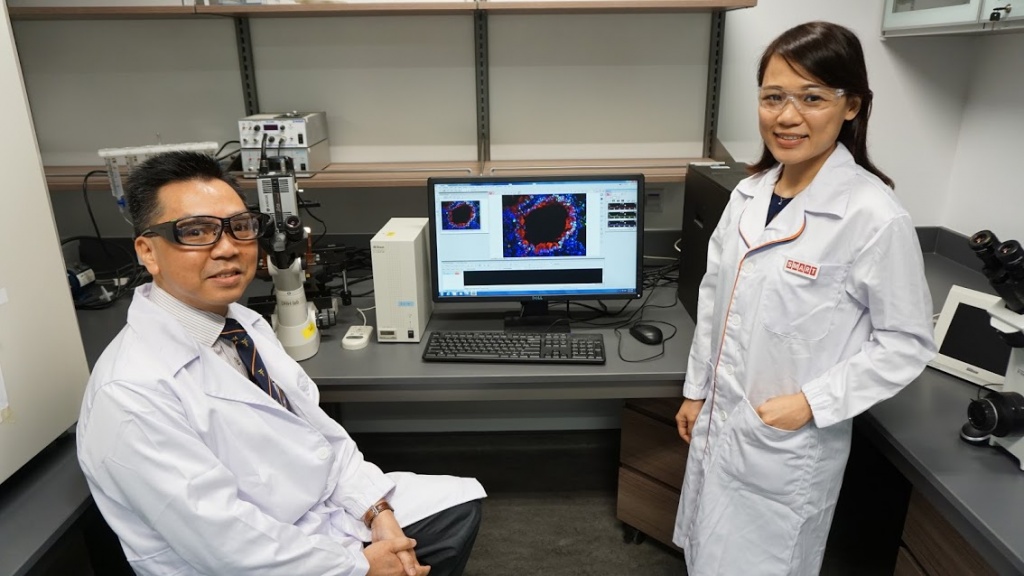





 Ms Chan Tze Khee, a SMART PhD student with Prof Fred Wong from NUS Yong Loo Lin School of Medicine
Ms Chan Tze Khee, a SMART PhD student with Prof Fred Wong from NUS Yong Loo Lin School of Medicine
Dust mites found in beds and pillows could cause more harm to asthmatic patients than previously thought. A new study by researchers from National University of Singapore and SMART found that these bugs and their faecal matter can damage a person's DNA, which can worsen lung inflammation and lead to cell death if the DNA is not repaired.
Asthma affects 300 million people globally, with 250,000 people dying from it every year. The house dust mite (HDM) is a major cause of allergic asthma, with approximately 50% to 80% of asthmatic patients found to be allergic to HDM. Approximately 0.3 mm in size, as many as 2 million dust mites can infest an average-sized mattress.
Researchers found that dust mites can directly trigger the production of oxidants known as free radicals, which can damage DNA in cells lining the airways. DNA is needed for cell repair and if the body is unable to repair its own DNA, it could lead to cell death, which could compromise lung function in the long run.
"When a person's DNA is not adequately repaired, it promotes inflammation in the bronchial epithelium cells (cells lining the lungs' airways), which are the first to come into contact with the dust mites," said Ms Chan Tze Khee, a SMART PhD student at the NUS Yong Loo Lin School of Medicine, who was involved in the research.
The work was published online on May 2 in the Journal of Allergy and Clinical Immunology, the most cited journal in its field.
See NUS News Release and media coverage on The Straits Times for more.